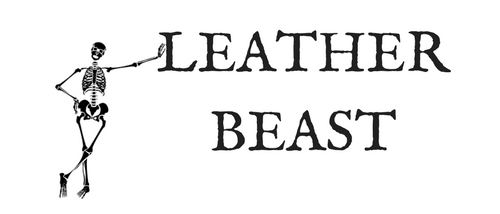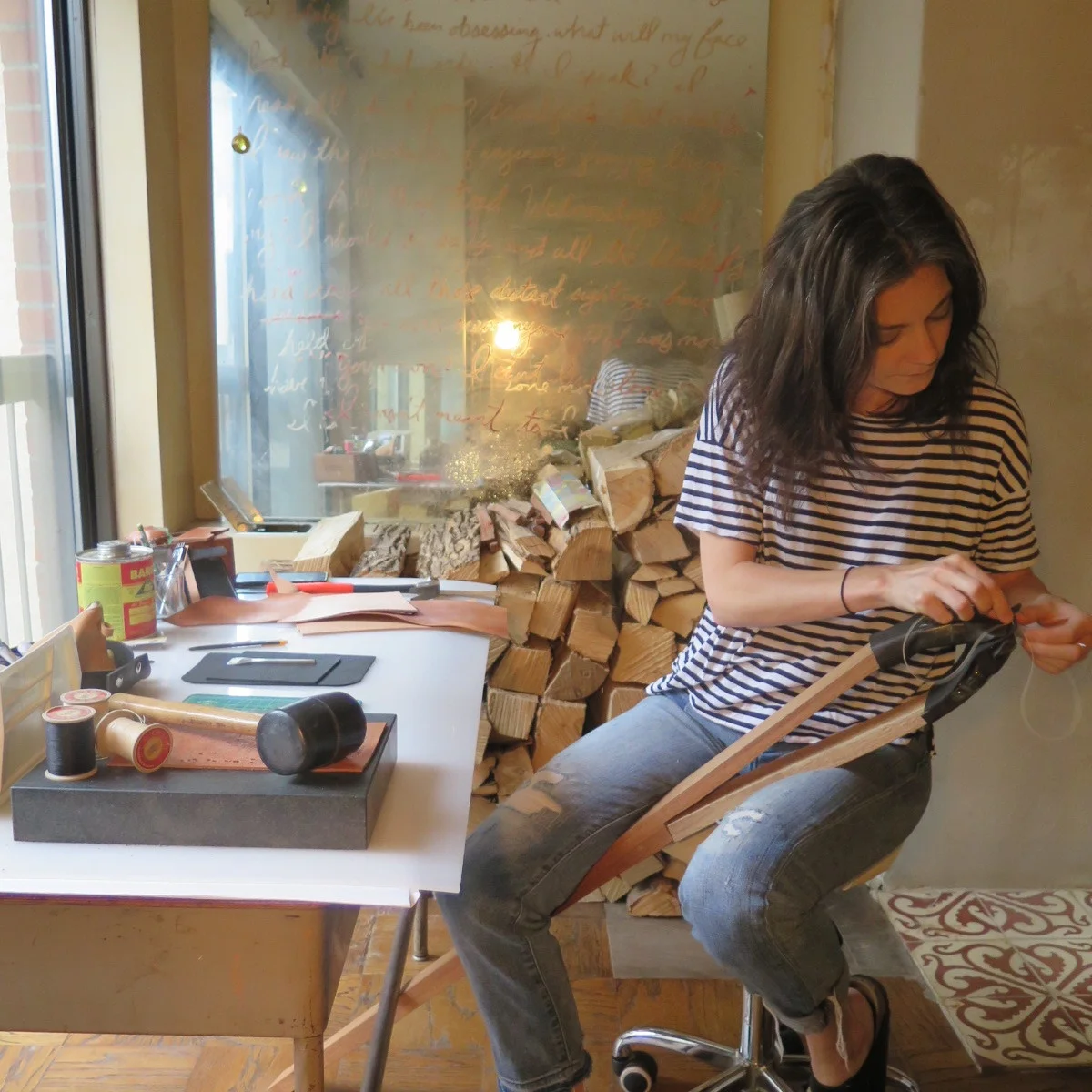It can be really overwhelming for the beginner leather worker to know where they should purchase leather from for a number of reasons. Budget is usually the biggest concern.
I reached out to a few of my favorite leather suppliers and asked them all the same question...
What do you think is the most important thing that a beginner leatherworker should keep in mind when purchasing leather?
Check out their responses in no specific order in the post.
Read More







![Why I (and maybe you too) continue to Saddle-stitch [6 reasons]](https://images.squarespace-cdn.com/content/v1/58895ea0e4fcb519d7d62a81/1504209007991-GIMC9NCEN784G83PTPEJ/WHY+I+%28AND+MAYBE+YOU+TOO%29+CONTINUE+TO+SADDLE-STITCH+%286+REASONS%29+%281%29.png)

![Why Knot Your Thread [VIDEO Inside]](https://images.squarespace-cdn.com/content/v1/58895ea0e4fcb519d7d62a81/1499784909141-RGT35990SRQHW0EZYLXP/IMG_0173.PNG)